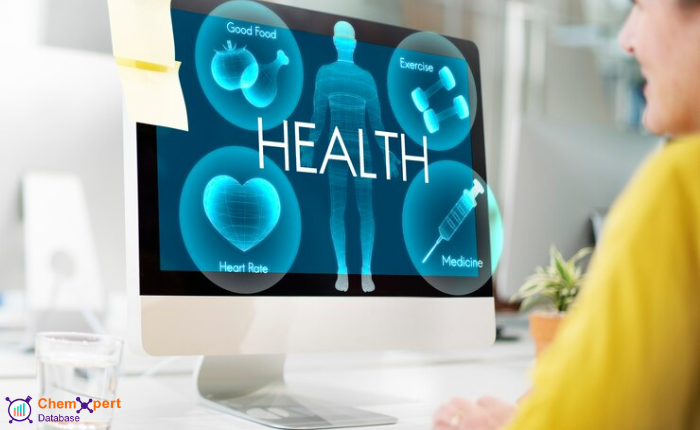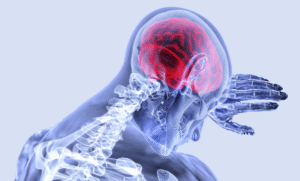A New Time for Health Care
With the rise of digital medicine, the health care business is going through a huge change. It’s not just about technology; this change is also about changing how care is given, received, and experienced. Wearable health gadgets and tests driven by AI are just a few of the new technologies that are used in digital medicine. The goal is to make healthcare more personalized, proactive, and efficient.
What does digital medicine mean?
It is called “digital medicine” when digital tools, software, and systems are used to stop, identify, and treat illnesses. It includes telemedicine, mobile health apps, electronic health records, remote monitoring devices, and apps that use artificial intelligence. With these tools, doctors and patients can talk to each other in real time, check on each other’s health from afar, and get to important information more quickly than ever before.
What Telemedicine Means for People
Telemedicine is one of the most well-known parts of digital health. It lets patients talk to doctors through apps or video calls, so they don’t have to go to the doctor’s office as often. This is very important now, especially in rural areas or for patients who can’t move around easily. Telemedicine has worked well for follow-up visits, treatment for mental health issues, managing chronic diseases, and pressing consults. It makes standard care methods more convenient and faster.
Health Tech That You Wear
Fitness trackers and smartphones make it possible to keep an eye on your health every day. These gadgets can now do more than just count steps. They can also track your heart rate, sleep habits, blood oxygen levels, and even find heart rhythm problems. Some gadgets can let users and doctors know right away if they notice something that doesn’t seem right. This could stop serious health problems before they happen.
Monitoring Patients From Afar
Patients can now get medical-grade health data at home with digital tools like glucose monitors, blood pressure cuffs, and pulse oximeters. This is especially helpful for people who have long-term illnesses like heart disease, diabetes, or high blood pressure. Doctors can look at this information from afar and make changes to treatment plans as needed. Remote tracking cuts down on trips to the hospital and lets doctors step in early if problems arise.
AI and Machine Learning in The Test Room
Big datasets are being analyzed by AI to find trends that humans might miss. This is making a big splash in diagnosis. AI-powered tools are being used to read X-rays, figure out what tissue slides mean, and guess what risks a patient might face based on their medical background. These tools aren’t meant to replace doctors; instead, they’re smart helpers that help doctors make better diagnoses more quickly and accurately.
Digital Medicines
Digital medicines are treatments that use software to treat medical problems using programs that have been shown to work. These could include apps that help you deal with stress, keep your blood sugar in check, or sleep better. They are often given along with medicines or instead of standard treatments. Digital therapies let people get personalized help, keep track of their progress, and become more involved in their own health.
Analytics for Big Data and Predictive
With the help of predictive analytics, hospitals and clinics can use the huge amounts of data they collect to predict disease trends, find patients who are at high risk, and stop breakouts. With this kind of information, healthcare professionals can better plan their resources and give more focused care, which leads to better results.
Electronic Health Records (EHRs) and Being Able to Share Data
The way that patient data is kept and shared has also changed because of digital medicine. Electronic health records keep a patient’s medical history in one place and in digital form. EHRs make it easy for healthcare workers to share information with each other when they are interoperable, which means that systems can talk to each other. This makes sure that care is organized across different sites and fields.
Medicine that is tailored to each person
Because of digital tools, healthcare is becoming more and more personalized for each person. Personalized treatment plans can be made by combining genetic tests, biological data, and information about a person’s lifestyle. With digital medicine, treatments are more precisely made for each person based on their unique health profile. This means that people get better results with fewer side effects.
Problems with digital health care
Digital medicine has many perks, but it also has some problems. Privacy and security of data are still very important, especially when it comes to private health data that needs to be kept safe from hackers. Another issue is the digital gap, which means that people who can’t connect to the internet or use smart gadgets may be left behind. Also, rules and regulations need to change to make sure that digital tools meet medical standards and are used in an honest way.
What’s Next for Digital Medicine
As time goes on, digital medicine will likely become even more powerful thanks to progress in 5G networks, medical training in virtual reality, safe data sharing through blockchain, and even robotic treatments powered by AI. As long as people are coming up with new ideas, the main goal will still be to make healthcare easier to get and cheaper overall.
A Patient With More Power
Giving people more power may be the most important change. People can make smart choices, keep track of their progress, and be involved in their own care when they have access to real-time data and digital health tools. The patient-doctor connection is changing into a partnership as the patient moves from being a silent receiver to an active member.
Questions That Are Often Asked
In simple words, what is digital medicine?
Digital medicine is the use of digital tools and technology, like apps, devices, and software, to track health problems, figure out what’s wrong, or fix them.
How does telemedicine help people?
Telemedicine makes it easy to talk to doctors from afar, which saves time and prevents people from having to drive, which is especially helpful for people who live in rural areas or are older.
Are health tracking gadgets that you wear accurate?
Most consumer wearables are pretty good at tracking basic health metrics. However, medical-grade devices give doctors more accurate information they can use to make decisions.
Is AI taking the place of doctors in healthcare?
No, AI is not taking the place of doctors. It is used to help doctors and nurses by analyzing medical data faster and more accurately.
What does digital therapy mean?
Digital medicines are health-related software tools that are used to treat or control health problems. A lot of the time, they have involved tools that people can do at home.
How do digital healthcare tools keep data safe?
To keep patient data safe, hospitals and app developers use encryption, secure servers, and privacy laws like HIPAA. However, breaches must always be avoided.
Can digital tools for health care help everyone?
Digital healthcare can make it easier for many people to get care and improve their health, but people who don’t know how to use technology or don’t have access to gadgets should not be left out.




